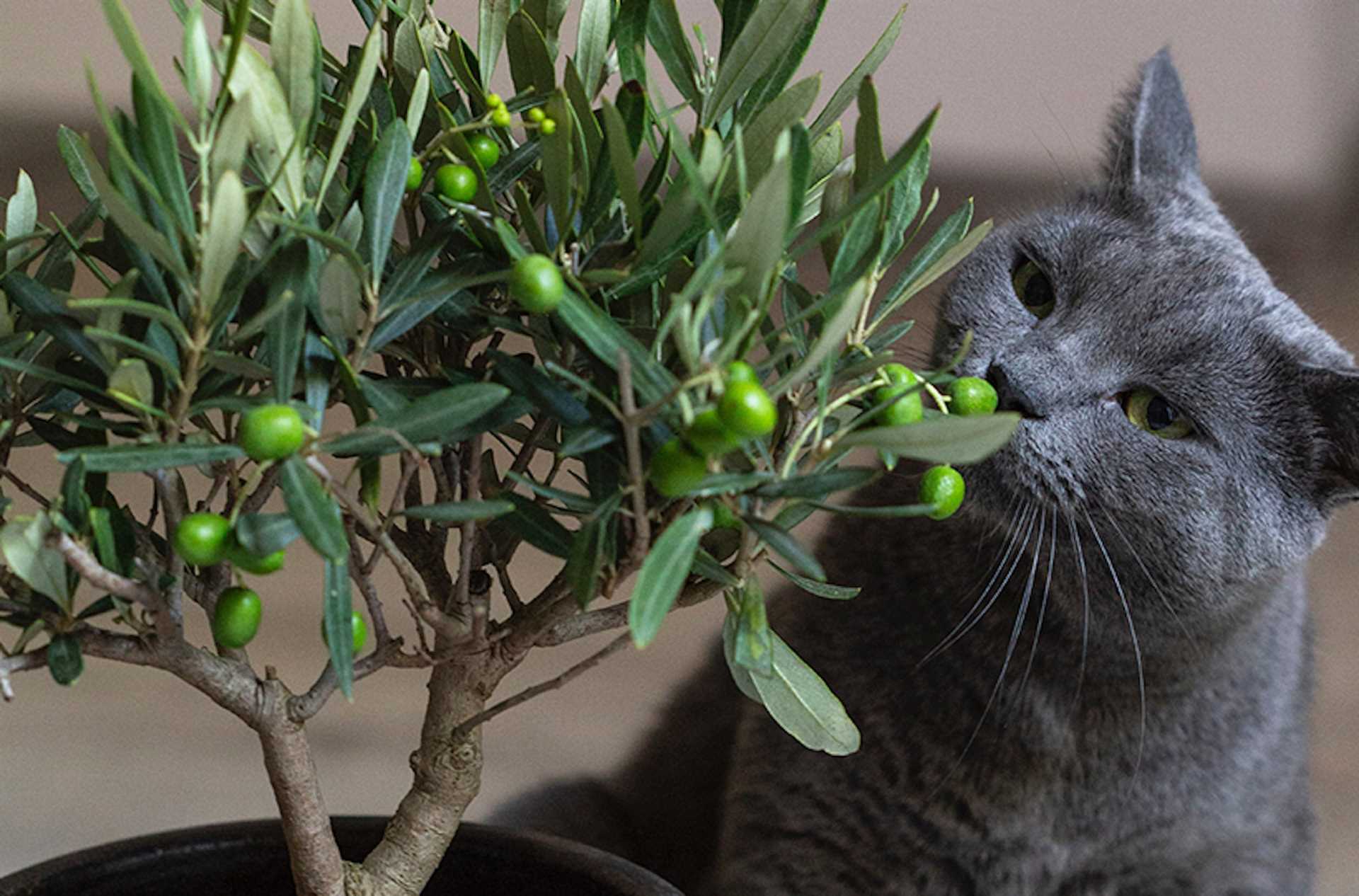



As an eight-year-old Scottish Fold, I’ve come to realize that my preferences might not align with what many expect from a feline companion. For those curious about my reluctance to engage in close physical contact, it’s important to acknowledge that not all of us are inclined toward constant affection. Instead, I thrive on my independence and personal space.
Research indicates that various factors influence our behavior. Genetics play a significant role; certain breeds exhibit different levels of sociability. While some of my buddies may bask in the warmth of human embrace, I prefer to observe from a distance, maintaining my comfort zone.
Another aspect to consider is past experiences. If I’ve encountered overwhelming situations or negative interactions, my trust can waver. Understanding these nuances can help in creating a more favorable environment for me, where I feel secure and respected.
Lastly, my individual personality greatly shapes my desire for interaction. Just like humans, every feline has unique traits. Some may seek constant companionship, while others, like me, appreciate moments of solitude. Acknowledging and respecting my preferences can lead to a more harmonious relationship.
Understanding My Aversion to Close Contact
Feeling overwhelmed by the proximity of humans often leads to my reluctance for physical affection. The need for personal space is paramount, especially when my surroundings become too stimulating or crowded.
Personality Traits and Individual Preferences
Each feline has its own unique disposition. My natural shyness and independence contribute to my preference for solitude. It’s essential to recognize that not every furry companion thrives on closeness. Embracing my individuality is key.
Environmental Factors and Stressors
External influences such as noise levels, unfamiliar scents, or changes in routine can heighten my anxiety. Ensuring a calm environment helps me feel safe and secure. Providing a cozy retreat or quiet nook allows me to recharge without the pressure of unwanted attention.
Respecting my boundaries fosters trust and strengthens our bond. Engaging in interactive playtime can also satisfy my social needs while keeping a comfortable distance. Understanding these nuances is crucial for a harmonious companionship.
Understanding Behavior and Body Language
Pay attention to my ears. If they’re pointed forward, I’m curious or interested. If they’re flat against my head, I’m feeling threatened or annoyed. Understanding these signals can help you interpret my mood accurately.
Watch my tail as well. A high, twitching tail means I’m excited, while a low, puffed-up tail indicates fear or aggression. Tail position is a key indicator of how comfortable I feel in my environment.
Facial Expressions Matter
My eyes can tell a lot about my state of mind. Slow blinking often suggests relaxation and trust. If I stare intensely, I might be feeling threatened or just focused on something. Understanding these nuances can enhance our bond.
Respecting Personal Space
Every feline has their own comfort zone. If I choose to keep my distance, it might be my way of saying I need some alone time. For sensitive skinned friends, using a shampoo for cats with sensitive skin can also help make interactions more pleasant.
Factors Influencing Your Cat’s Affection Levels
Understanding what shapes the warmth I share can help you foster a better bond. Here are several aspects to consider:
| Factor | Impact on Affection |
|---|---|
| Early Socialization | Exposure to humans and other pets during kittenhood can enhance comfort levels with physical interaction. |
| Personality Traits | Each feline has unique traits; some may naturally prefer solitude over companionship. |
| Health and Comfort | Discomfort or pain can lead to a desire for distance. Regular check-ups are essential. |
| Environment | A calm and secure setting can make me more inclined to engage closely. Loud noises or chaotic surroundings might push me away. |
| Bonding Activities | Interactive playtime and treats can strengthen our connection and encourage physical closeness. |
Taking these factors into account can lead to a more affectionate relationship. If you’re looking for tips on managing your kitchen, check out this guide on how to cook in cast iron skillet without sticking.
Common Misconceptions About Feline Affection
Many humans believe that all felines inherently enjoy being held or snuggled. This isn’t the case; individual personalities greatly influence how much physical closeness is appreciated. It’s crucial to recognize that some of us simply prefer our space.
Independence Equals Lack of Affection
A common thought is that a distant demeanor signifies a lack of love. In reality, many of us express our fondness in ways that differ from typical cuddling. Playtime, being near you without direct contact, or even a gentle head bump can indicate affection. Understanding these nuances is key to nurturing a strong bond.
Age and Breed Stereotypes
Some believe that younger or specific breeds are naturally more affectionate. While younger companions may have higher energy and playfulness, it doesn’t guarantee they’ll enjoy being held. Each of us is unique, regardless of age or breed, and preferences can vary widely.
Finally, just because one furry friend craves closeness, it doesn’t mean all of us share that desire. Respecting individual preferences leads to a more fulfilling relationship.
How to Encourage Your Feline Friend to Be More Affectionate
Creating a warm environment is key. Provide soft bedding in cozy spots around the house where I can feel safe and comfortable.
Engagement Through Play
Interactive toys can spark interest and increase bonding time. Here are some fun ideas:
- Wand toys for chasing and jumping.
- Laser pointers for stimulating exercise.
- Puzzle feeders to stimulate my mind.
Gentle Interaction Techniques
Approach with calmness. Here are ways to encourage closeness:
- Use slow blinks to signal trust.
- Pet softly in areas I enjoy, like behind the ears or under the chin.
- Respect my personal space; let me come to you.
Offering treats during positive interactions can further enhance our bond. Gradually, I may become more open to snuggling and closeness. Patience is essential!
Identifying Stressors That May Affect Your Feline’s Comfort
Pay close attention to environmental changes. New furniture, unfamiliar scents, or loud noises can disrupt the sense of security. Ensure that your space remains consistent and familiar. If alterations are necessary, introduce them gradually to minimize anxiety.
Assessing Social Interactions
Monitor the dynamics between household members and visitors. Tensions or aggressive behavior can create unease. Provide safe spaces where I can retreat when needed. Designate areas with cozy hiding spots to promote a feeling of safety.
Health Considerations
Regular health checks are crucial. Pain or discomfort can greatly influence behavior. If there’s a sudden change in temperament, consult a veterinarian to rule out any underlying issues. A healthy companion is more likely to seek closeness.
Routine is key. Keep feeding times and play sessions consistent. Predictability fosters a calm atmosphere, enabling me to feel more at ease. Observe my body language; signs of stress like flattened ears or a twitching tail indicate discomfort.
Lastly, consider sensory sensitivities. Some individuals may be more sensitive to touch or sound. Experiment with different types of interaction, allowing for a range of experiences that suit my preferences.
When to Seek Professional Advice for Your Feline’s Behavior
Consider consulting a veterinarian or an animal behaviorist if the following signs are present:
- Sudden changes in behavior, such as increased aggression or withdrawal.
- Excessive vocalization or a noticeable decrease in communication.
- Unexplained anxiety or fear responses to familiar stimuli.
- Changes in eating or grooming habits, indicating potential distress.
- Inappropriate elimination outside the designated areas.
Specific Situations Requiring Attention
Seek guidance if your furry companion exhibits:
- Consistent avoidance of social interactions, beyond normal preferences.
- Behavioral issues that interfere with daily life or routine.
- Signs of pain or discomfort without an obvious cause.
Early intervention often leads to better outcomes. Observing these behaviors closely can guide the decision to reach out for professional support.










